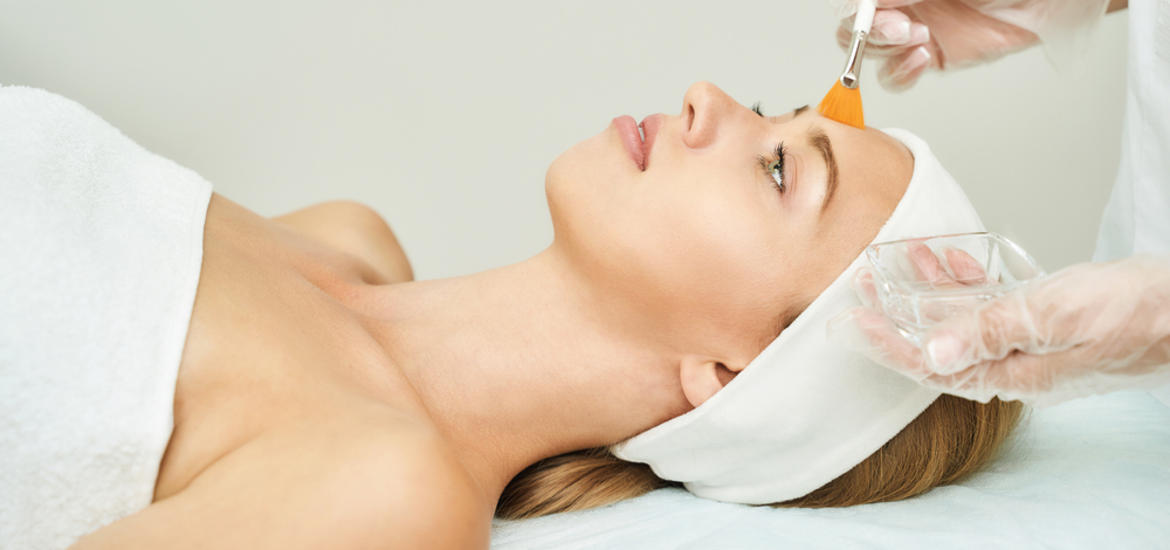
Everyone desires a supple, glowing and beautiful skin. However, over time dead skin cells gradually accumulate, affecting the appearance of the skin, which appears dull and tired. To remove dead cells from the surface of the skin and restore its radiance, chemical peeling is the most powerful ally.
During the chemical peeling process, a special chemical solution is applied to the skin to improve its appearance and texture. This solution contains active substances, which induce the dead cells on the surface of the skin to gradually slough off, revealing a brighter, younger skin. In particular, controlled chemical destruction of the surface layer of the skin is caused, leading to regeneration and reconstruction of the skin to allow new healthy cells to grow again.
Chemical peeling can be applied to treat various skin conditions. The most common skin conditions treated with this treatment are:
- Fine lines and wrinkles under the eyes or around the mouth
- Certain types of acne
- Mild scarring and acne marks
- Expanded resources
- Spots and lines caused by sun photoaging or melasma
- Uneven skin texture
- Rough, uneven and dull skin appearance.
Chemical peeling contains different types of acids that have different depths of penetration into the skin. There are many options depending on the needs and sensitivity of the skin as well as the wishes of each interested party. The most common acids used in this treatment are glycolic acid, salicylic acid, trichloroacetic acid, mandelic acid and azelaic acid. The type and the content of the acids applied are carefully selected after evaluating the needs and the quality of the skin of the person undergoing it.
During the treatment, the skin is carefully cleaned so that the special chemical solution can then be applied. After the solution is left on the skin for a set period of time, it is removed and then a soothing and regenerating solution is applied. Gradually the dead cells are removed, and the new skin that is revealed is usually smoother, with fewer lines and wrinkles, more even in colour and brighter.
After a chemical peel, the skin will likely experience redness, irritation and a burning sensation. Increased intensity of chemical peeling can lead to increased redness and swelling. For this reason, the staff in our polyclinic is specialised and it’s experience in the field is long lasting. Daily application of sunscreen to the skin after treatment is considered essential. At the same time, a protective ointment such as petroleum jelly can be applied to soothe the area, and symptoms should begin to subside within one to two weeks. It may take a few months for the skin to fully return to its normal state and for the full results of the peeling to show.
